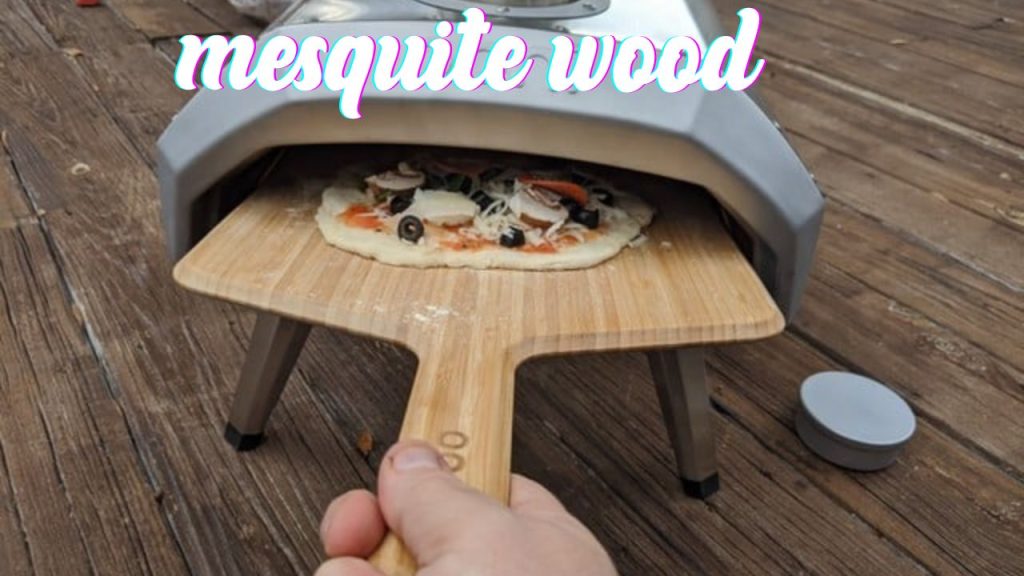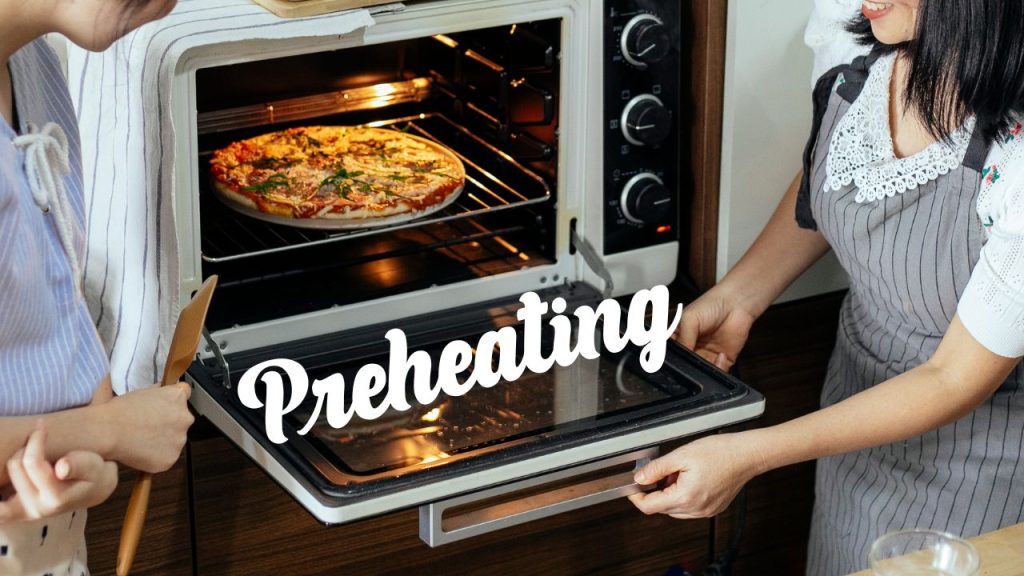The Art of Wood-Fired Oven Pizza- pizza lore
Pizza, a universally beloved dish, has been enjoyed in various forms for centuries. However, the art of making pizza in a wood-fired oven elevates this simple dish to a culinary masterpiece. This article delves deep into the world of wood-fired oven pizza, exploring its history, the science behind it, and the techniques that make it so special.
History of Wood-Fired Oven Pizza
The history of pizza dates back to ancient civilizations. The Greeks, Egyptians, and Romans all had their versions of flatbreads with toppings. However, the pizza we recognize today has its roots in Naples, Italy. In the 18th century, Neapolitans began baking their flatbreads in wood-fired ovens, giving birth to the modern pizza.
The Science Behind Wood-Fired Ovens
Wood-fired ovens, often made from brick or clay, have a unique design that allows for even heat distribution. The oven’s dome shape reflects heat back onto the pizza, ensuring a crispy crust. The wood used in these ovens also plays a crucial role. As the wood burns, it releases aromatic compounds that infuse the pizza with a smoky flavor.
Benefits of Wood-Fired Oven Pizza
- Flavor: The combination of high heat and wood smoke gives the pizza a distinct taste that’s impossible to replicate in conventional ovens.
- Speed: These ovens can reach temperatures of up to 800°F (430°C), allowing pizzas to cook in just a few minutes.
- Nutrition: The quick cooking time retains more of the nutrients in the pizza toppings.
Choosing the Right Wood for Your Wood-Fired Oven Pizza
The wood you choose for your wood-fired oven is not just a source of heat; it’s an ingredient that imparts distinct flavors to your pizza. The type of wood can make a significant difference in the taste and aroma of the final product. Here’s a deeper dive into the world of woods and how they influence the flavor profile of your pizza:
Hardwoods: The Robust Choice
Oak: Known for its long burn time and consistent heat, oak is a favorite among many pizza chefs. It imparts a subtle smokiness that doesn’t overpower the pizza’s natural flavors.
Hickory: Hickory wood gives off a stronger, more distinct smoky flavor compared to oak. It’s perfect for pizzas that can stand up to a bold wood flavor, such as those with robust toppings like spicy sausage or barbecue chicken.
Maple: While maple is often associated with sweetness, when used as firewood, it provides a mild and slightly sweet smoky aroma. It’s great for pizzas where you don’t want the wood flavor to dominate, such as those with subtle toppings like white sauce, spinach, and feta.
Fruitwoods: The Delicate Choice
Apple: Applewood produces a gentle, fruity smoke that complements pizzas with lighter toppings. Think of pizzas topped with fresh mozzarella, tomatoes, and basil or even a dessert pizza with caramelized apples.
Cherry: Cherry wood offers a sweet and fragrant smoke. It’s ideal for pizzas that benefit from a hint of sweetness, such as those with prosciutto and fig or a Hawaiian pizza with pineapple and ham.
Other Woods to Consider
Mesquite: Popular in the American Southwest, mesquite wood has a strong and earthy flavor. It’s best used in moderation or mixed with milder woods to prevent its flavor from becoming too overpowering.

Alder: Commonly used in the Pacific Northwest, alder wood provides a light, neutral smoke that’s versatile for various pizza types.
Tips for Using Wood in Your Oven
Seasoned Wood
Always use seasoned (dried) wood. Fresh or “green” wood contains moisture that can produce excessive smoke and sap, which can affect the pizza’s flavor.
Size Matters
Use smaller logs or chunks for quicker heat and larger logs for maintaining temperature.
Experiment
Don’t be afraid to mix and match woods to find your perfect flavor combination. For instance, combining hickory with applewood can give you a balanced smoky and sweet flavor.
Crafting the Perfect Dough
A good pizza starts with the right dough. For wood-fired pizzas, the dough should be soft and elastic. This allows it to stretch easily and achieve a thin, crispy crust. Traditional recipes often include just four ingredients: flour, water, yeast, and salt.
Toppings and Combinations
While classic Margherita remains a favorite, wood-fired ovens are versatile. Whether you prefer a simple garlic and olive oil base or a rich tomato sauce, the possibilities are endless.
Fresh mozzarella, basil, cured meats, and seasonal vegetables all shine when cooked in a wood-fired oven.
Techniques and Tips for Baking the Perfect Pizza
Baking a pizza to perfection requires more than just a good recipe. The way you handle the pizza in the oven can make a significant difference in the final outcome. Here are some essential techniques and tips to ensure your pizza is baked to perfection:
Preheating the Oven
Importance: Preheating is crucial because it ensures that the pizza starts cooking immediately upon entering the oven. This helps in achieving a crispy crust and well-cooked toppings.
How to Do It: Before placing your pizza in the oven, make sure the oven has reached the desired temperature. Use an oven thermometer if necessary to confirm the temperature.
Also, allowing the oven to preheat for a longer duration ensures that the heat is evenly distributed, which is vital for even cooking.

Rotating the Pizza
Ovens often have hot spots or areas where the heat is more intense. Rotating the pizza ensures that it doesn’t get overcooked in one area while being undercooked in another.
How to Do It: Halfway through the baking time, open the oven and carefully rotate the pizza by 180 degrees. This ensures that all parts of the pizza receive equal heat exposure.
Using a Pizza Peel
Importance: A pizza peel is a shovel-like tool that is essential for anyone serious about baking pizzas. It allows for easy transfer of the pizza to and from the oven, reducing the risk of burns or the pizza getting stuck.
How to Do It
Lightly flour the pizza peel before placing the pizza on it. This prevents sticking. When you’re ready to transfer the pizza into the oven, give the peel a slight shake to ensure the pizza slides off easily. Similarly, use the peel to retrieve the pizza once it’s done baking.
Beyond Pizza
While pizzas are the stars, wood-fired ovens are versatile. They’re excellent for baking bread, roasting meats, and even desserts like fruit crisps and tarts.
Caring for Your Wood-Fired Oven
Regular maintenance ensures the longevity of the oven. This includes cleaning the ash after each use and periodically checking for cracks or damages.
The Global Influence of Wood-Fired Oven Pizza
The allure of wood-fired oven pizza transcends borders and cultures, making it a global phenomenon. Its distinct taste, combined with the theatricality of its preparation, has captivated food enthusiasts from every corner of the world.
Let’s explore the widespread influence and adaptation of this culinary art
Conclusion
Wood-fired oven pizza is more than just a dish; it’s an experience. The dance of flames, the aroma of burning wood, and the sight of a perfectly charred crust create a sensory delight.
Whether you’re a pizza purist or an experimental enthusiast, there’s no denying the allure of a pizza fresh out of a wood-fired oven.
FAQs
What is a wood-fired oven pizza?
A wood-fired oven pizza is a type of pizza that is cooked in a specially designed oven that uses wood as its primary fuel source. The high temperatures and smoky environment give the pizza a unique flavor and texture.
How hot does a wood-fired oven get?
Wood-fired ovens can reach temperatures of up to 800°F (430°C) or even higher, allowing pizzas to cook in just a few minutes.
Why does wood-fired pizza taste different?
The combination of high heat, wood smoke, and the oven’s design imparts a distinct smoky flavor and crispy crust to the pizza that’s hard to replicate in conventional ovens.
Is wood-fired pizza healthier?
The quick cooking time in a wood-fired oven retains more nutrients in the pizza toppings compared to longer cooking methods. However, the healthiness also depends on the ingredients used.
Can I cook other foods in a wood-fired oven?
Absolutely! Wood-fired ovens are versatile and can be used to bake bread, roast meats, vegetables, and even prepare desserts.
What type of wood should I use for my wood-fired oven?
Hardwoods like oak, hickory, and maple are commonly used as they burn hot and impart a mild flavor. For a sweeter smoke, fruitwoods like apple and cherry are recommended.
How do I maintain and clean my wood-fired oven?
After each use, remove ash and debris. Periodically inspect the oven for cracks or damages and repair as needed. It’s also essential to keep the oven dry to prevent deterioration.

Edward, the guy who runs Pizza Lore, has been a pro cook for over 10 years and really knows his stuff about pizza. He writes super helpful articles and recipes that make it easy for anyone to become a pizza-making champ.






